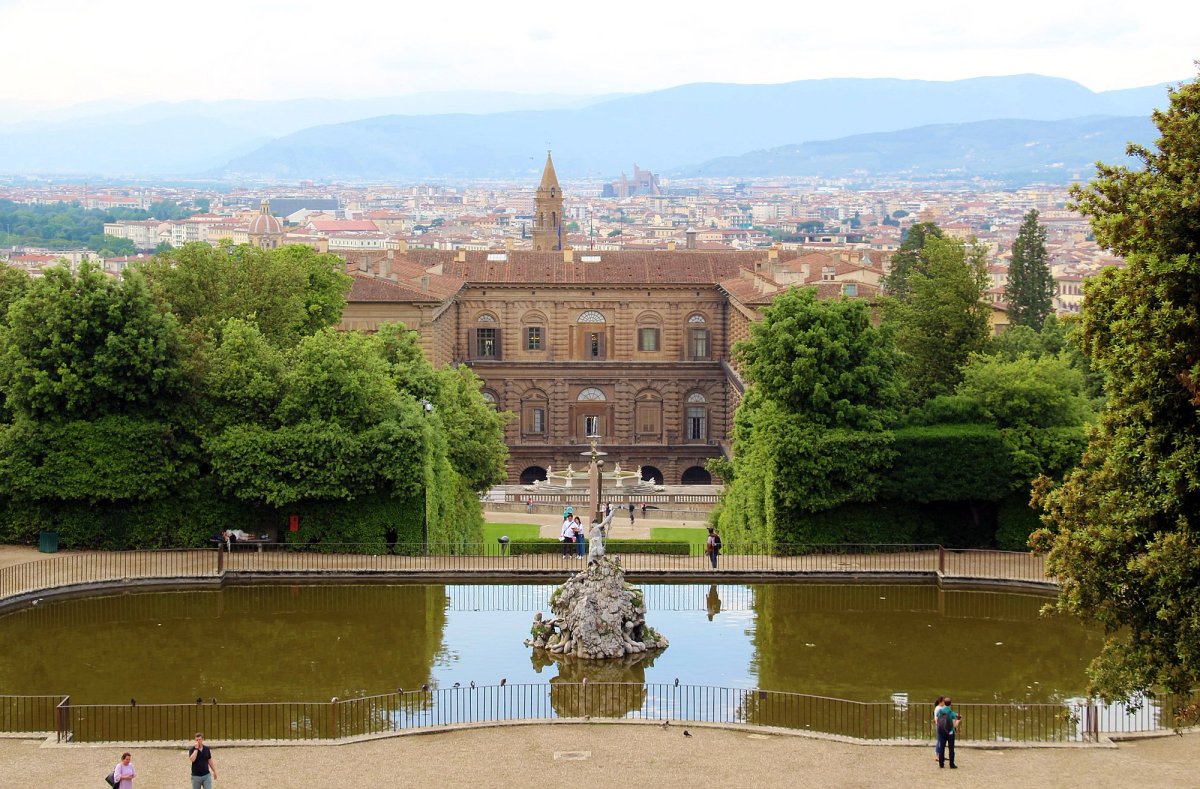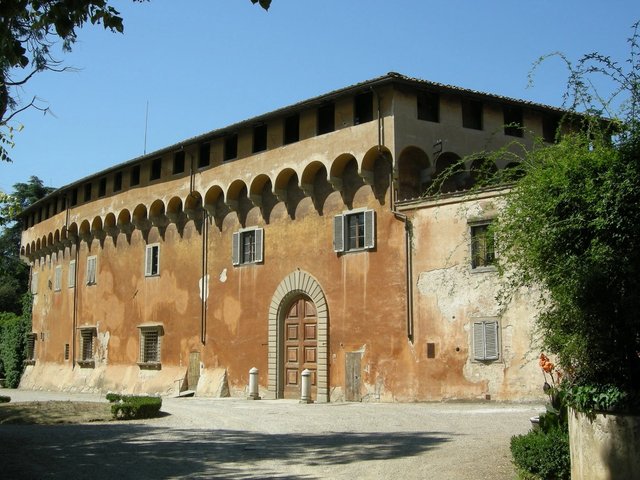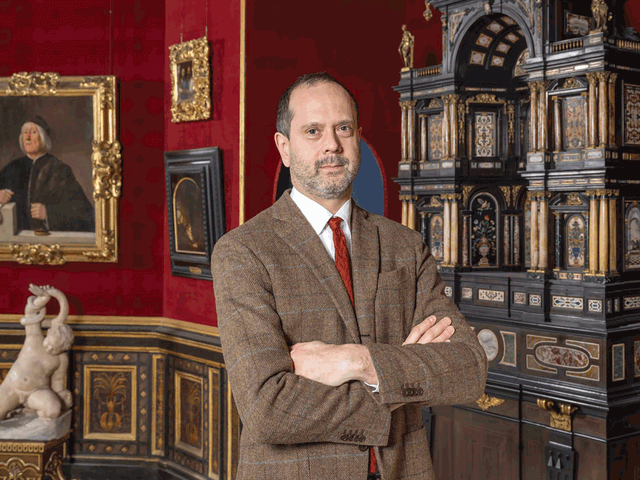The Uffizi Galleries in Florence, Italy, have announced an ambitious €50m masterplan to revamp the nearby Boboli Gardens within eight years. The “Boboli 2030” programme features 40 projects geared towards protecting the park from the ruinous effects of climate change while making it more energy efficient, accessible and attractive. Highlights include the creation of three refreshment areas, the restoration of statues and a new high-tech storage facility for what is the world's biggest collection of historic tapestries and carpets, the Uffizi claims.
Part of the Uffizi Galleries network, the park was designed by the Medici family from the 16th century onwards and it established the Italian garden style that became a model for European courts. The 33-hectare grounds behind the Pitti Palace include monumental fountains, frescoed grottos and around 300 classical, renaissance and baroque statues. Around half of the projects that have been incorporated into the programme were recently completed, are reaching their final stages, or are partly funded and will begin imminently. The other half are entirely new.

The park's newly-refurbished 18th-century Kaffeehaus Photo courtesy of the Uffizi Galleries
Details of the programme were announced on Monday as staff inaugurated the park's newly-refurbished 18th-century Kaffeehaus. Funds that have not yet been allocated will be generated mainly through ticket sales, according to the museum. “Ours is a concrete commitment that over the next eight years will be realisable, and will be realised,” Eike Schmidt, the museum’s director, said in a press statement. “Our objective is not only to return the Boboli to the glories of the times of the Medici and the Lorena dynasties, but to go further, making it the best open museum in the world.”
“Quick and strong measures" have been devised to relieve heritage from the "suffering and pressures” posed by climate change, the statement continues. These include a planned fire prevention system in the amphitheatre and Prato delle Colonne—wooded areas that could be hit by wildfires during extremely hot or dry periods—and a recent project for identifying and securing unstable trees. “Extreme weather is becoming part of a trend,” an Uffizi spokesperson told The Art Newspaper. “Every time there is a storm we have to close the parks because a tree falls.”

The view from the Kaffeehaus over the city of Florence Courtesy of the Uffizi Galleries
Many of the initiatives boost the park’s green credentials, such as a recent €2.4m project to fit the park with an energy-efficient lighting system, modern video-surveillance, and a PA system for announcements and alarms. In another imminent project, the neoclassical Pagliere building will be developed as a 800m sq. space for temporary exhibitions and a storage facility protecting some of the Uffizi's rich collection of 16th- to 18th-century tapestries. It will be heated and cooled with a €1m geothermal system.
Other recent projects include the introduction of 300 directional signs and maps for improving navigability, and the renovation of the iconic Kaffeehaus—a rare example of Rococo architecture in Tuscany—built by Leopold II, the Holy Roman Emperor and Grand Duke of Tuscany, in the 1770s. In October, the Austro-Hungarian style structure will reopen as a cafe following a 20-year closure.
Two further refreshment points will be created in the Prato dei Castagni and the neoclassical Pagliere, while €3.5m has been allocated to restoring the park’s sculptures and replacing those most at risk of weathering with copies. “A walk through the gardens will be an illuminating experience, and a chance for intellectual growth,” Schmidt promises.





